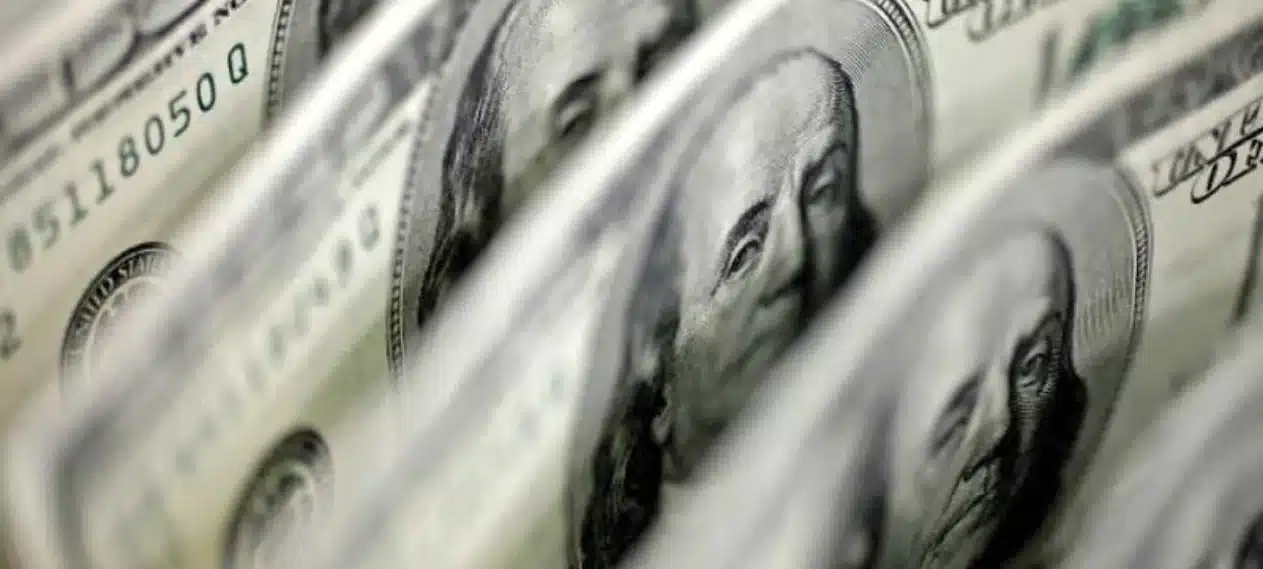The IMF has revised Pakistan’s foreign loan requirements to $25 billion for this fiscal year, reducing it by $3.4 billion. The economic growth projection has been lowered to 2%, rejecting the government’s forecasts. Inflation is now projected at 22.8%, down from 25.9%.
The IMF disagreed with the finance ministry’s projections for the current account deficit, imports, economic growth, inflation, and gross financing requirements. Despite securing a date for general elections, the IMF made adjustments during the first review of the $3 billion bailout package. The government, having already borrowed $6 billion, expects rollovers of $12.5 billion, with remaining needs of about $6.5 billion.
However, available financing has been reduced by $3.7 billion due to challenges in obtaining loans through Eurobonds and foreign commercial banks. The IMF disagreed with Pakistan’s projections for CAD, imports, and remittances, leading to adjustments in estimates. The reduction in foreign loan requirements is attributed to lower private sector repayments and a rollover of public sector debt by China’s Exim bank.
Also Read: IMF Proposes Taxing Pakistan’s Agriculture, Real Estate, and Retail Sectors
The estimated available financing has decreased to $26.6 billion, reflecting reduced interest from global markets and foreign banks. Program loan receipts are now $300 million, while project financing estimates increased from $4.6 billion to $5.6 billion. In October, loan inflows were slow at $315 million, bringing total lending to $6 billion in four months.
The IMF further lowered Pakistan’s economic growth projection to 2%, aligning with the World Bank and Asian Development Bank. The inflation rate forecast was reduced to 22.8%, creating room for potential interest rate cuts in January’s monetary policy announcement. The year-on-year inflation forecast for June next year increased slightly to 16.5%, above the official target of 21%.






